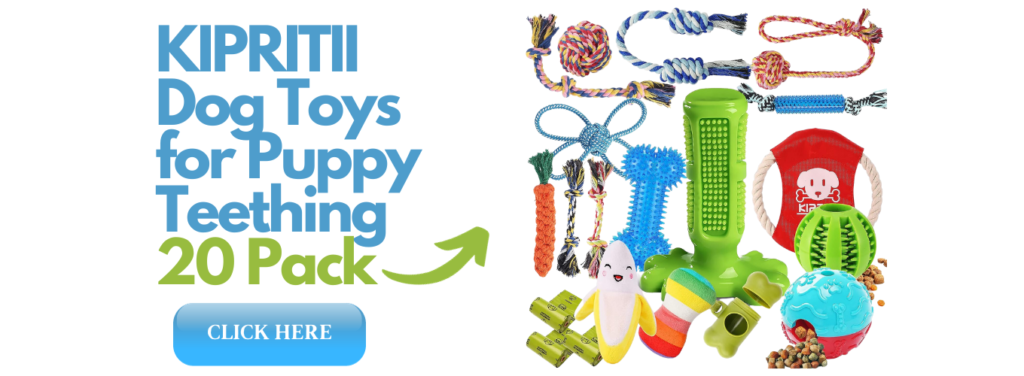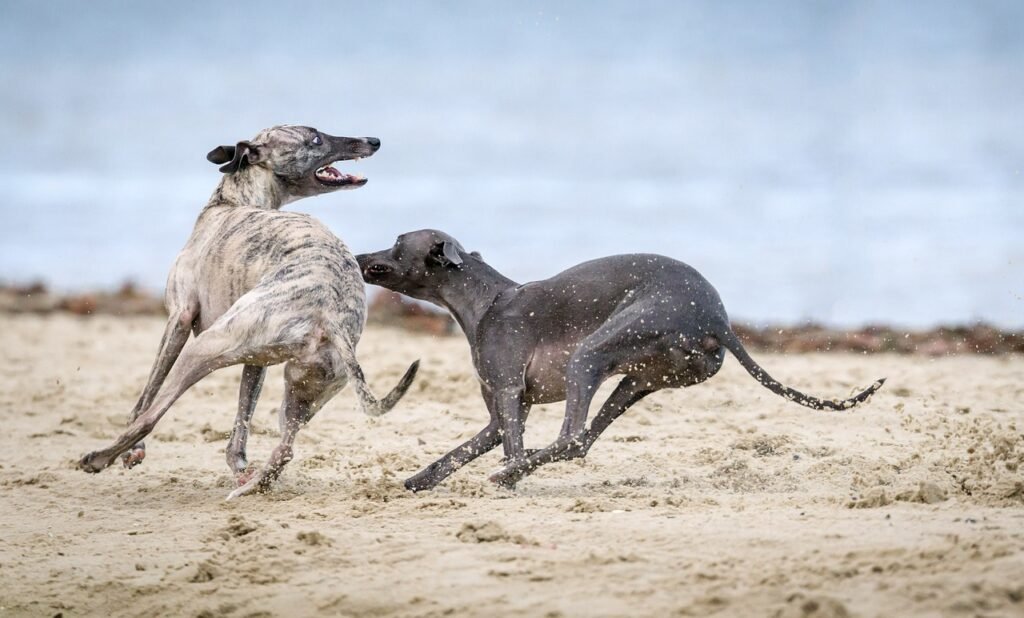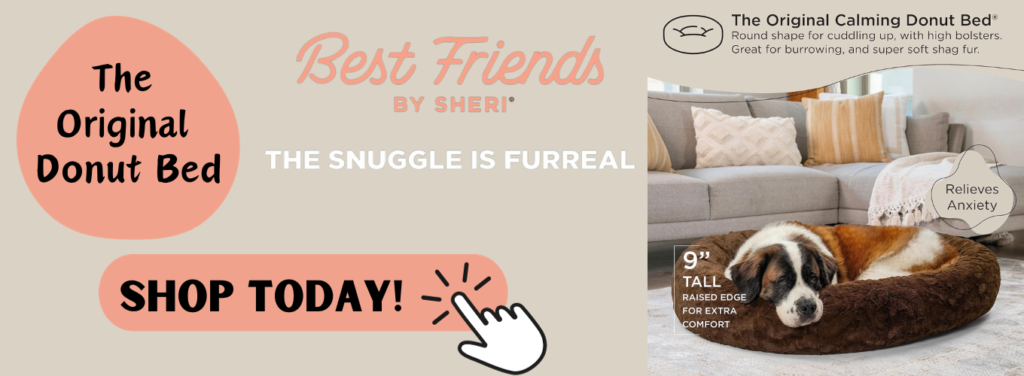
A Tail-Wagging Balance: Nurturing Positive Dynamics in Your Multidog Household
Living in a multidog household can be a rewarding experience, but it also comes with its challenges. Understanding the dynamics between your dogs, creating a positive environment, and maintaining balance are key to nurturing positive dynamics in your home. In this article, we will explore the various aspects of managing a multidog household and provide key takeaways to help you create a harmonious and balanced environment for your furry friends.
Key Takeaways
- Establish a clear pack hierarchy to maintain order and reduce conflicts.
- Recognize and address individual personalities to meet each dog’s needs.
- Provide adequate space and resources to prevent resource guarding.
- Establish a consistent routine to promote stability and reduce anxiety.
- Promote positive interactions through supervised play and socialization.
Understanding the Dynamics of a Multidog Household

The Pack Hierarchy: Establishing Order
In a multidog household, it is important to establish a pack hierarchy to maintain order and prevent conflicts. Dogs are naturally inclined to form social hierarchies, and it is essential for the humans in the household to establish themselves as the leaders. This can be done through consistent and fair rules, providing guidance and structure for the dogs. By establishing a clear hierarchy, you can create a sense of security and stability for your dogs. It is also important to note that the pack hierarchy may change over time as dogs mature and their relationships evolve. Regular observation and intervention can help address any emerging dominance issues and ensure a harmonious household.
| Important Factors for Establishing Order |
|---|
| Consistent and fair rules |
| Clear leadership from humans |
| Regular observation and intervention |
Establishing a pack hierarchy is crucial in a multidog household to promote a balanced and peaceful environment. By providing clear leadership and addressing any dominance issues, you can create a harmonious living space for your dogs.
Managing Individual Personalities
Understanding and managing the unique personalities of each dog in a multidog household is crucial for maintaining a harmonious environment. Each dog has their own preferences, fears, and quirks, which can influence their interactions with other dogs. It is important to observe and respect these individual differences and provide appropriate support and guidance. Creating a positive and inclusive environment where each dog feels valued and understood can help prevent conflicts and promote a sense of belonging. Additionally, implementing a consistent and fair set of rules and boundaries can help establish a sense of order and reduce tension. Regularly engaging in activities that cater to each dog’s unique needs and interests, such as individual play sessions or training exercises, can also contribute to a balanced and fulfilling multidog household.
| Tip: | Provide each dog with their own personal space where they can retreat to when they need some alone time. This can be a crate, a designated area, or a comfortable bed. |
Remember, a multidog household is a dynamic and ever-evolving social unit. By understanding and managing the individual personalities of each dog, you can create a positive and harmonious environment where all dogs can thrive.
Recognizing and Addressing Conflict
In a multidog household, conflicts can arise between dogs due to various reasons such as resource guarding, territorial behavior, or competition for attention. It is important for owners to recognize the signs of conflict, which may include growling, snapping, or aggressive posturing. When conflict occurs, it is crucial to address it promptly to prevent escalation and maintain a harmonious environment. One effective strategy is to redirect the dogs’ attention to a positive activity or provide separate spaces for each dog to cool down. Additionally, positive reinforcement training can help dogs learn appropriate behaviors and reduce conflict. Remember, prevention is key, so providing each dog with adequate resources and individual attention can help minimize the likelihood of conflicts.
Creating a Positive Environment for Your Multidog Household

Providing Adequate Space and Resources
In a multidog household, it is crucial to provide adequate space and resources to ensure a harmonious environment. Each dog should have their own designated area with comfortable bedding and access to food and water. Additionally, it is important to provide enough toys and enrichment activities to prevent boredom and promote mental stimulation. Creating a schedule for mealtime and ensuring each dog has their own feeding station can help prevent resource guarding and conflicts. By providing plenty of space and resources, you can minimize competition and promote a peaceful coexistence among your furry friends.
| Dog | Designated Area |
|---|---|
| Max | Living Room |
| Bella | Bedroom |
| Charlie | Backyard |
Remember, a happy and balanced multidog household starts with providing the necessary space and resources for each individual dog.
Establishing a Consistent Routine
A consistent routine is essential in maintaining a harmonious multidog household. Feeding and exercise schedules should be established and followed consistently to provide structure and predictability for the dogs. Additionally, training sessions and playtime should be incorporated into the daily routine to stimulate the dogs mentally and physically. Consistency in routines helps dogs feel secure and reduces anxiety. It is also important to rotate the dogs’ toys and provide them with individual attention during the routine to prevent boredom and promote bonding.
| Daily Routine Checklist |
|---|
| Feeding Schedule |
| Exercise Schedule |
| Training Sessions |
| Playtime |
A consistent routine provides structure and predictability, reducing anxiety and promoting bonding.
Promoting Positive Interactions
Creating opportunities for play and socialization can greatly contribute to positive interactions among dogs in a multidog household. Encourage supervised play sessions where dogs can engage in chase, tug-of-war, and fetch. Providing interactive toys and puzzles can also stimulate mental and physical exercise. Additionally, organizing group walks or trips to the dog park allows dogs to interact with other dogs and experience new environments. Remember to always monitor the interactions and intervene if any signs of aggression or discomfort arise. By promoting positive interactions, you can foster a harmonious and enjoyable environment for your multidog household.
| Benefits of Promoting Positive Interactions |
|---|
| – Enhances social skills and communication |
| – Builds strong bonds among dogs |
| – Reduces stress and anxiety |
Creating opportunities for play and socialization can greatly contribute to positive interactions among dogs in a multidog household.
Training and Socialization for a Harmonious Multidog Household

Basic Obedience Training for Each Dog
During basic obedience training, it is important to establish clear rules and expectations for each dog. This includes teaching commands such as sit, stay, and come. Consistency is key in reinforcing these commands and rewarding positive behavior. Using positive reinforcement techniques, such as treats and praise, can help motivate and encourage dogs to learn and obey. It is also important to address any behavioral issues or challenges that may arise during training. By providing each dog with individual attention and training, you can ensure a harmonious and well-behaved multidog household.
| Training Tips |
|---|
| Use reward-based training methods |
| Be patient and consistent |
| Practice in different environments |
Training is not only about teaching commands, but also about building a strong bond and trust between you and your dogs.
Socializing Dogs with Other Animals
Socializing your dogs with other animals is an essential aspect of creating a harmonious multidog household. Introducing your dogs to other animals gradually and in controlled environments can help them develop positive associations and reduce the likelihood of aggressive or fearful behavior. Supervised interactions with other animals, such as cats or small mammals, can teach your dogs appropriate social cues and help them learn to coexist peacefully. It’s important to reward calm and friendly behavior during these interactions. Additionally, providing separate spaces and resources for each animal can prevent potential conflicts and promote a sense of security. Remember to always prioritize the safety and well-being of all animals involved.
| Tip: When introducing dogs to other animals, start with short and supervised interactions.
Ensuring a positive experience for your dogs and other animals is crucial for fostering a peaceful multidog household.
Addressing Behavioral Issues
When it comes to addressing behavioral issues in a multidog household, it’s important to take a proactive approach. Regular training sessions focusing on basic obedience for each dog can help establish clear boundaries and expectations. Additionally, socializing dogs with other animals can help reduce anxiety and improve their overall behavior. If any behavioral issues arise, it’s essential to address them promptly and consistently. This may involve seeking professional help or implementing behavior modification techniques. Remember, a harmonious multidog household requires patience, consistency, and a commitment to addressing behavioral issues head-on.
| Behavioral Issues | Solutions |
|---|---|
| Aggression | Training |
| Separation Anxiety | Desensitization |
| Excessive Barking | Behavioral Modification |
A well-behaved dog is a happy dog.
Maintaining Balance and Peace in Your Multidog Household
Managing Mealtime and Resource Guarding

When it comes to mealtime and resource guarding in a multidog household, it’s important to establish a clear and consistent routine. Each dog should have their own designated feeding area to prevent competition and reduce the likelihood of conflicts. Additionally, providing plenty of resources such as food bowls, toys, and resting areas can help minimize the need for guarding. If resource guarding issues arise, it’s essential to address them promptly and seek professional guidance if necessary. Remember, a peaceful and balanced mealtime environment is crucial for maintaining harmony among your furry companions.
| Tips for Managing Mealtime and Resource Guarding |
|---|
| – Establish a designated feeding area for each dog |
| – Provide ample resources to minimize guarding |
| – Address resource guarding issues promptly |
A positive mealtime experience promotes a sense of security and trust among dogs in a multidog household.
Preventing and Resolving Sibling Rivalry
Sibling rivalry is a common issue in multidog households, but there are steps you can take to prevent and resolve conflicts. Establish clear boundaries and provide each dog with their own space and resources to minimize competition. Regular exercise and mental stimulation can help reduce tension and prevent boredom-related conflicts. Additionally, positive reinforcement training can be used to teach dogs appropriate behaviors and reward them for getting along. It’s important to address conflicts promptly and intervene if necessary to prevent escalation. Remember, patience and consistency are key when dealing with sibling rivalry in your multidog household.
| Preventing and Resolving Sibling Rivalry |
|---|
| – Establish clear boundaries |
| – Provide individual space and resources |
| – Regular exercise and mental stimulation |
| – Positive reinforcement training |
| – Address conflicts promptly |
| – Patience and consistency |
Providing Individual Attention and Bonding Time
In a multidog household, it is important to provide individual attention and bonding time for each dog. This helps to strengthen the bond between you and your dogs, as well as promote a sense of security and belonging. One way to do this is by spending quality one-on-one time with each dog, engaging in activities they enjoy. This could include going for walks, playing games, or simply cuddling on the couch. Additionally, creating a routine where each dog gets dedicated attention can help prevent feelings of jealousy or neglect. Remember, each dog is unique and has their own needs and preferences, so it is important to tailor the attention and bonding time to suit each individual dog. By providing this individual attention, you are fostering a positive environment where each dog feels valued and loved.
| Dog | Activity |
|---|---|
| Max | Going for a hike |
| Bella | Playing fetch |
| Charlie | Learning new tricks |
- Providing individual attention and bonding time helps strengthen the bond between you and your dogs.
- Tailoring the activities to suit each individual dog’s needs and preferences is important.
“A dog is the only thing on earth that loves you more than he loves himself.” – Josh Billings
Frequently Asked Questions

How do I establish order in a multidog household?
Establishing order in a multidog household involves setting clear rules and boundaries, providing consistent leadership, and addressing any dominance issues that may arise. It is important to establish a hierarchy within the pack to prevent conflicts and promote harmony.
What should I do if my dogs have conflicting personalities?
If your dogs have conflicting personalities, it is important to understand their individual needs and preferences. Provide each dog with their own space and resources, and ensure they have opportunities for separate activities. Additionally, consider seeking professional help to address any behavioral issues that may arise.
How can I recognize and address conflicts between my dogs?
Recognizing conflicts between dogs involves observing their body language and behavior. Signs of conflict may include growling, snapping, or aggressive posturing. If conflicts arise, it is important to intervene calmly and separate the dogs if necessary. Consult with a professional trainer or behaviorist for guidance on addressing and resolving conflicts.
What can I do to provide adequate space and resources for my dogs?
Providing adequate space and resources for your dogs is essential in a multidog household. Each dog should have their own designated areas for eating, sleeping, and resting. It is important to provide separate food and water bowls, as well as individual beds or crates. Sufficient space should be available for each dog to move around comfortably.
How important is establishing a consistent routine in a multidog household?
Establishing a consistent routine is crucial in maintaining balance and harmony in a multidog household. Dogs thrive on predictability and structure, so it is important to establish regular feeding times, exercise schedules, and training sessions. Consistency helps to reduce anxiety and provides a sense of security for your dogs.
What can I do to promote positive interactions between my dogs?
Promoting positive interactions between dogs involves creating opportunities for them to engage in shared activities, such as walks or playtime. Encourage calm and respectful behavior by rewarding good behavior and providing praise. It is important to monitor interactions and intervene if any signs of aggression or tension arise.

